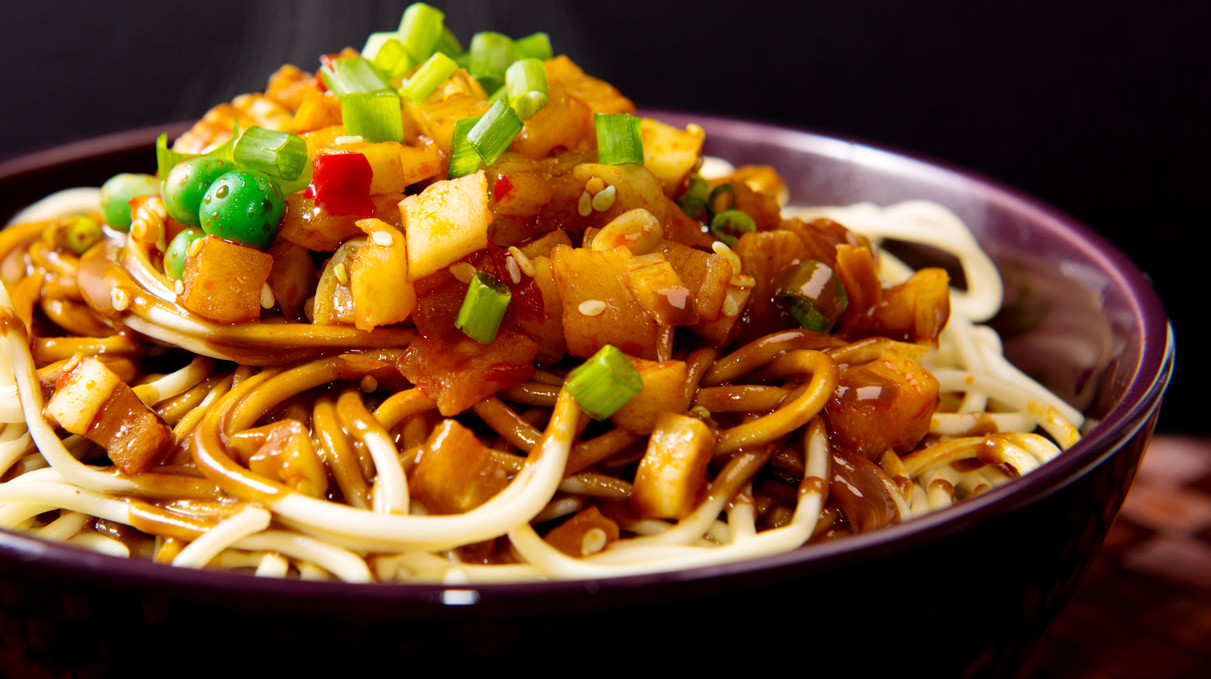When You Think Of Wuhan, Think Of Hot Dry Noodles
In the past few weeks, the Chinese city of Wuhan has become synonymous with the coronavirus outbreak, which started there. Now the whole city of 11 million people is on lockdown as doctors and officials try to contain the virus and develop a vaccine; an entire new hospital was built in less than two weeks to accommodate patients.
But, as a piece in the Washington Post notes, before the coronavirus, Wuhan was known for other things: "its thriving punk scene, abundant cherry blossoms and historic temples." And, most of all, its signature dish, hot dry noodles, or re gan mian.
Over the past few weeks, eating hot dry noodles has become a symbol of solidarity with Wuhan and its people. One cartoon shows a crowd of Chinese regional dishes visiting quarantined hot dry noodles in the hospital and holding up signs that say, "Hot dry noodles, get better!"
Hot dry noodles are usually eaten for breakfast in China, though in American Chinese restaurants, they're served for lunch and dinner. They consist of boiled flour noodles (their texture similar to that of spaghetti) covered in a chocolate-colored toasted sesame paste, sometimes garnished with peppers, scallions, or pickled vegetables.
According to Lydia Chang, who grew up in Wuhan and who is the business manager for her parents' chain of restaurants in Washington, "If you ask anyone who has been to Wuhan what is the flavor you miss most when you are away, they will say the sesame noodles."
We may not be able to do much for Wuhan. But we can eat noodles.
